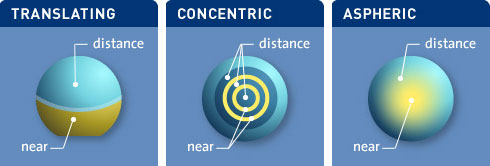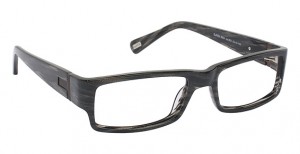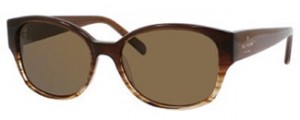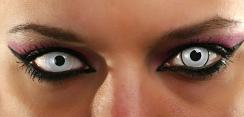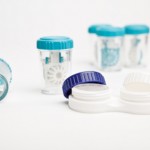Not much thought goes towards the contact lens case. But this little keeper of contact lenses can harbor microbes and oils that contaminate the contact lenses. Dirty contact lens cases make for dirty contact lenses, increasing the chance of blur, discomfort and infection of the eyes.

A recent study in Australia showed that the manufacturer’s recommendation of rinsing with multi-purpose contact lens solution and air drying is not enough. The most effective technique to remove the most bacteria was to rinse and wipe the case with a tissue before air drying.
I have always advocated dumping the contact lens solution every morning and rinsing the case with hot water then air drying. I am now adding the use of multi-purpose solution (MPS) instead of water and wiping with a tissue as well. For soft contact lens wearers, using the MPS to rinse instead of water is safer. For rigid gas permeable wearers, hot water is still indicated. (the soaking solutions are too viscous to be effective).
Contact lens case care (soft lenses)
1. Dump solution
2. Rinse with multi-purpose solution
3. Wipe with a tissue
4. Air dry
Contact lens case care (rigid gas permeable lenses)
1. Dump out solution
2. Rinse in hot water
3. Wipe with a tissue
4. Air dry
And the final step to maintaining a clean contact lens case it to replace it regularly.

